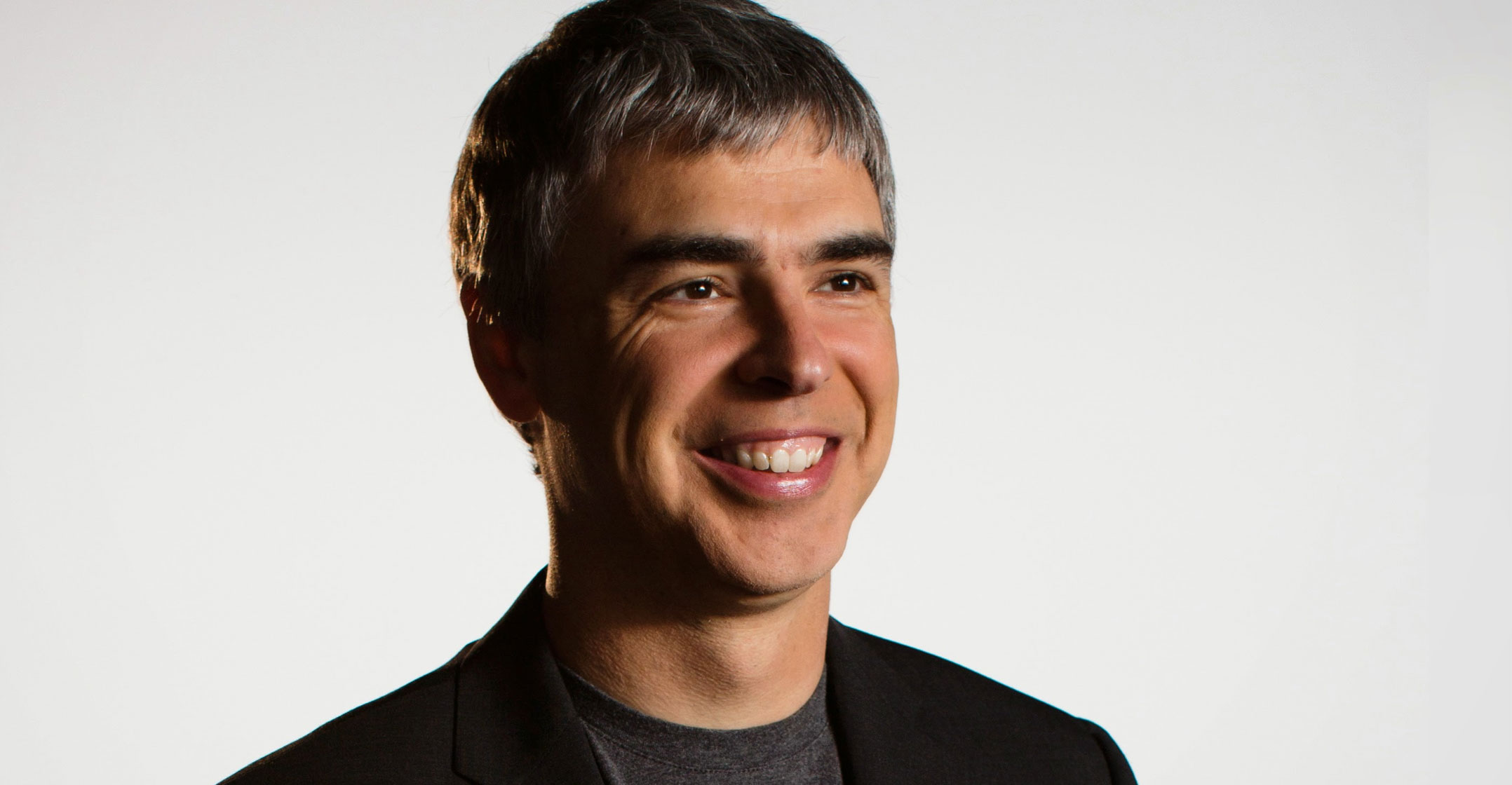
What is it with Silicon Valley and flying cars? Perhaps it’s a result of having an economy largely based on Popular Mechanics nerds-turned-billionaires. Perhaps it’s to do with the fact that tech hubs San Francisco, San Jose and Seattle are three of the five most congested US cities, leading to an inevitable desire to escape gridlock by taking to the skies.
Either way, don’t take news that Alphabet co-founder Larry Page is planning an electric aerial taxi service in New Zealand as evidence that flying cars will be as ubiquitous as Google any time soon. The self-piloting, battery-powered vehicles (which more closely resemble helicopter-aircraft hybrids called tiltrotors) will be capable of vertical take-off and should be ready for commercial use within three years, the New York Times reported on Tuesday.
The main problem with flying cars has always been their promoters’ failure to recognise that to all intents and purposes, they already exist. The flying-over-traffic, taking-off-anywhere thing has been around for years courtesy of helicopters. The most efficient way of combining that proposition with road transport isn’t to build aircraft you can drive down the highway, but increase the density and on-demand availability of landing locations.
Sao Paulo has been pioneering it for decades. Due to legendary traffic congestion and Latin America’s largest concentrations of the super-rich, it has the biggest fleet of helicopters and helipads of any city on earth. Voom, a start-up that has partnered with Uber Technologies and is now owned by Airbus, began an app-based helicopter taxi service there last year. It aims to bring flights to riders in as little as 10 minutes, and Voom has just taken the concept to Mexico City.
The problem with such services has traditionally been their noise and extreme cost. While aircraft can be (perhaps surprisingly) almost as energy efficient as some land-based modes, that’s largely a result of their longer routes and greater capacities, which tend to reduce the energy consumption per passenger-kilometer.
Smaller planes on shorter routes are more wasteful, and adding helicopter-style vertical take-offs in the manner of Page’s Cora prototype makes things even more costly. Rechargeable batteries are also vastly heavier for a given output of energy then aviation fuel, further reducing efficiency.
While Page’s Kitty Hawk has only released bare-bones data for its planned air taxis that make it near-impossible to evaluate them on this front, they’re unlikely to be an exception to that rule. The existing vehicle that it most resembles is Boeing’s V-22 Osprey, a military hybrid helicopter-plane whose costs are astronomical — greater, on some measures, than some variants of the Marine One presidential helicopter, or the F-16 fighter jet.
Voom
The more promising route is the one being pursued by Voom — reducing helicopter costs by improving utilisation and using more efficient routing patterns, techniques largely borrowed from low-cost airlines.
Even then, we’re unlikely to see a Jetsons world of aerial mass commuting any time soon. Even with the sorts of significant breakthroughs in noise levels achieved by vehicles like the drone-style Volocopter, there’s an inevitable trade-off between the amount of doorstep-to-office convenience afforded to the passengers of aerial taxis and the level of irritation caused to residents who’ll have to put up with their presence without being able to afford them.
In the San Francisco Bay area — a left-leaning metropolis whose transport inequities have led to Google’s employee shuttle buses being blockaded and having their tires slashed — don’t bet on that dichotomy being solved in the billionaires’ favour.
Aerial taxis don’t fix a city’s transport problems — they’re just a way for the super-rich to soar above them. — By David Fickling, (c) 2018 Bloomberg LP




